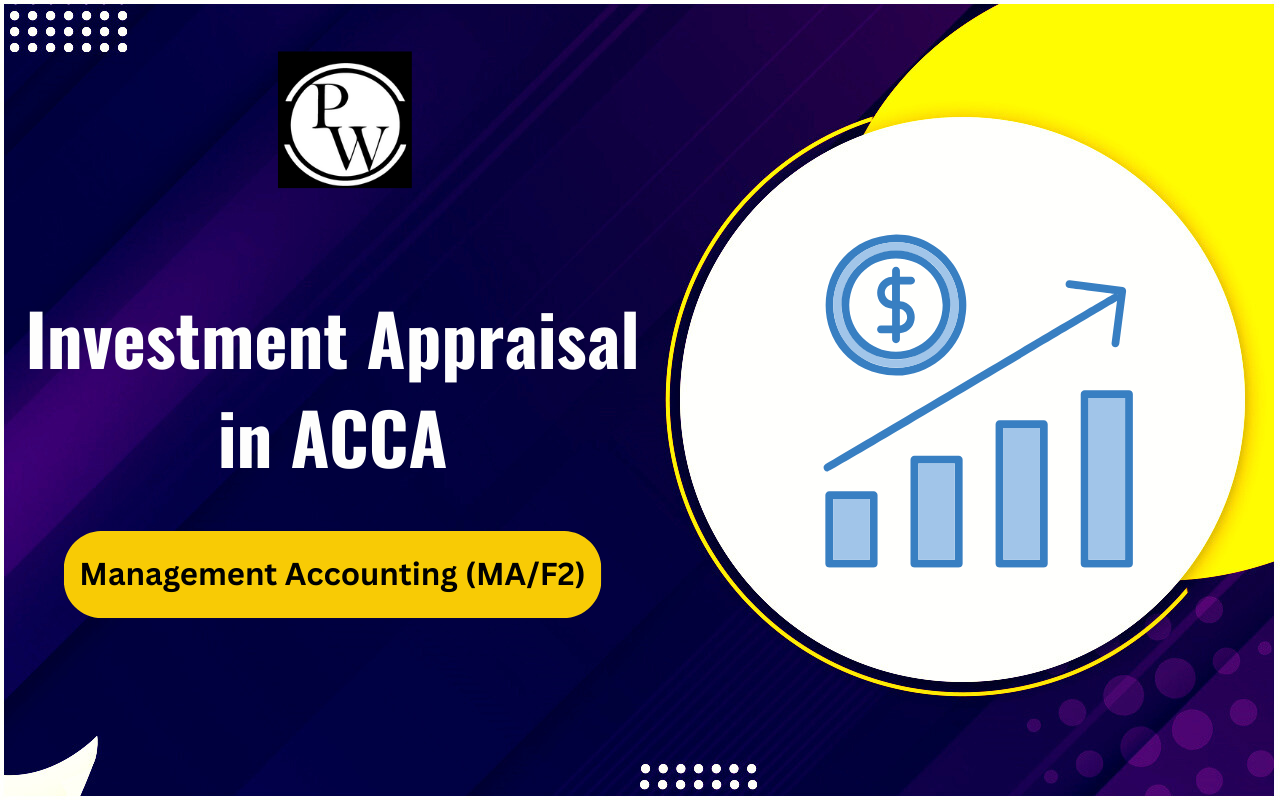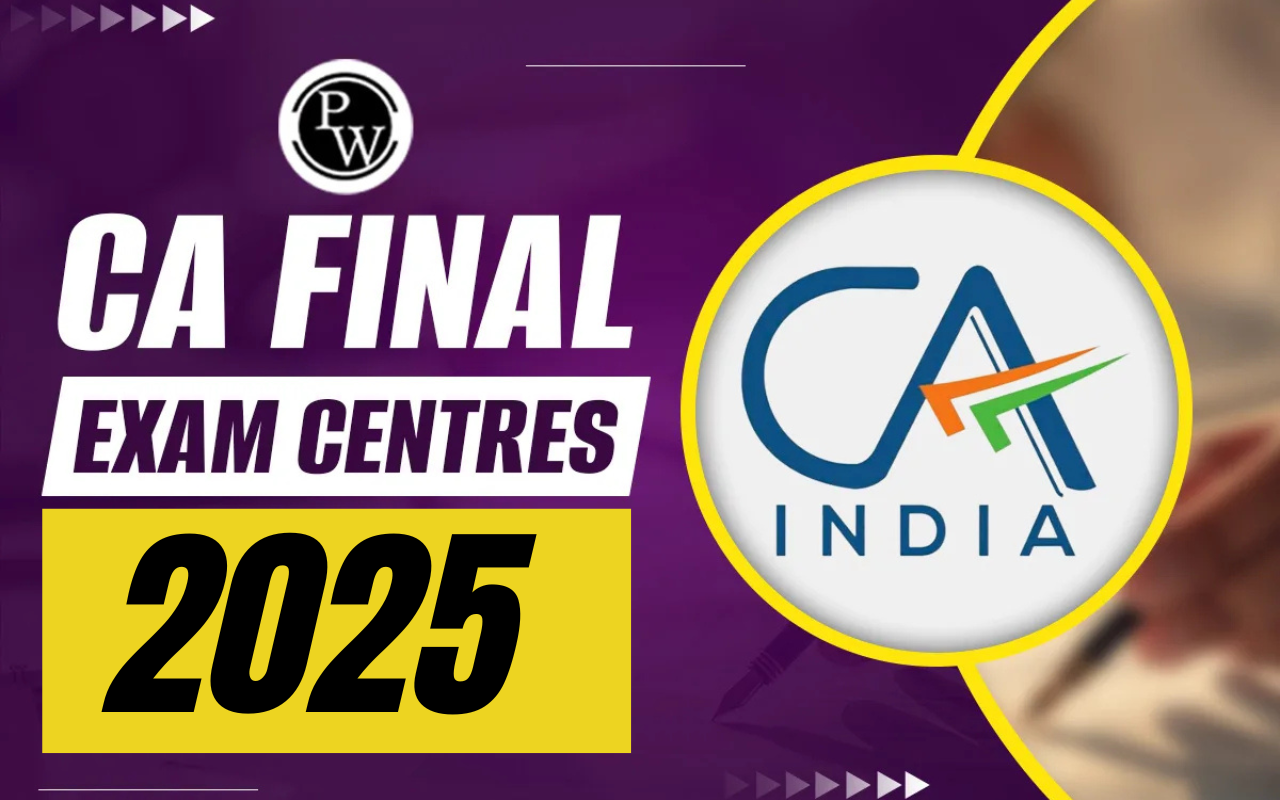
Costing is the backbone of financial decision-making in any business. Understanding Process & Operation Costing is crucial for CA students, as it forms a significant part of cost accounting. These costing methods are widely used in manufacturing industries where production is continuous.
Whether you are preparing for your CA exams or aiming to master cost accounting, knowing the intricate details of Process & Operation Costing will give you an edge. Let's dive deep into the concepts, importance, and application of these costing methods.
What is Process Costing?
Process Costing is a method used when production takes place in a sequence of continuous operations. It is ideal for industries such as chemicals, textiles, and food processing, where the output is uniform, and costs are accumulated for each stage of production.
In this method, the total cost incurred in each process is divided by the number of units produced, determining the per-unit cost. This ensures smooth cost control and accurate product pricing.
What is Operation Costing?
Operation Costing is a hybrid costing system that combines elements of both Process & Operation Costing. It is mainly used in industries where products go through multiple operations, but costs need to be tracked per operation rather than per process. This method is commonly used in assembly line production, such as automobile manufacturing and electronic goods production.
Operation costing provides detailed cost tracking, allowing businesses to identify areas where cost reduction can be implemented efficiently.
Differences Between Process & Operation Costing
Distinguishing between Process & Operation Costing is essential for accurate cost management. Each method has unique applications, impacting industries differently and influencing how businesses track expenses and optimize production efficiency.
Nature of Cost Accumulation
In Process Costing, costs are accumulated at the process level, whereas in Operation Costing, they are accumulated at the operation level. This distinction is crucial when dealing with complex manufacturing setups.
Applicability in Industries
Process Costing is suited for industries with continuous and homogeneous production, such as cement, oil refineries, and paper manufacturing. Operation Costing, on the other hand, is used where multiple operations contribute to the final product, such as automobile and furniture manufacturing.
Cost Allocation
In Process Costing, costs are allocated evenly across all units produced. In Operation Costing, costs may vary depending on the complexity and resource requirements of each operation.
Advantages of Process & Operation Costing
Process & Operation Costing provide crucial insights into cost control and efficiency. Understanding their benefits can help businesses streamline operations, minimize wastage, and improve overall profitability in competitive markets.
Benefits of Process Costing
Process Costing simplifies cost tracking, making it easier to determine per-unit costs in mass production. It also ensures cost consistency and helps businesses price their products effectively. Additionally, it provides insights into inefficiencies in production processes, allowing businesses to improve resource utilization.
Benefits of Operation Costing
Operation Costing allows businesses to analyze cost variations between different operations. It provides a more detailed view of cost control, making it easier to identify areas of high expenditure. This method is particularly useful in industries where product customization is common.
Challenges in Process & Operation Costing
While beneficial, Process & Operation Costing come with challenges such as accurate cost allocation and process tracking. Addressing these hurdles is vital for ensuring efficiency and maintaining financial transparency.
Common Issues in Process Costing
One of the major challenges in Process Costing is the accurate allocation of costs to each process. Variations in raw material quality and production efficiency can also affect cost calculations. Additionally, handling joint and by-products can be complex, requiring proper valuation methods.
Common Issues in Operation Costing
Operation Costing requires detailed record-keeping, which can be time-consuming and costly. Each operation must be monitored separately, which increases administrative work. Moreover, changes in production methods can affect cost consistency, making periodic adjustments necessary.
| Also Check: | |
| Income Tax Liability | GST Exemption |
| Deductions from Gross Total Income | Assets Based Accounting Standards |
| Cost and Management Accounting | E-Way Bill |
Process & Operation Costing FAQs
What industries use Process Costing?
How does Operation Costing differ from Job Costing?
Why is Process Costing important for CA students?
Can a company use both Process and Operation Costing?








